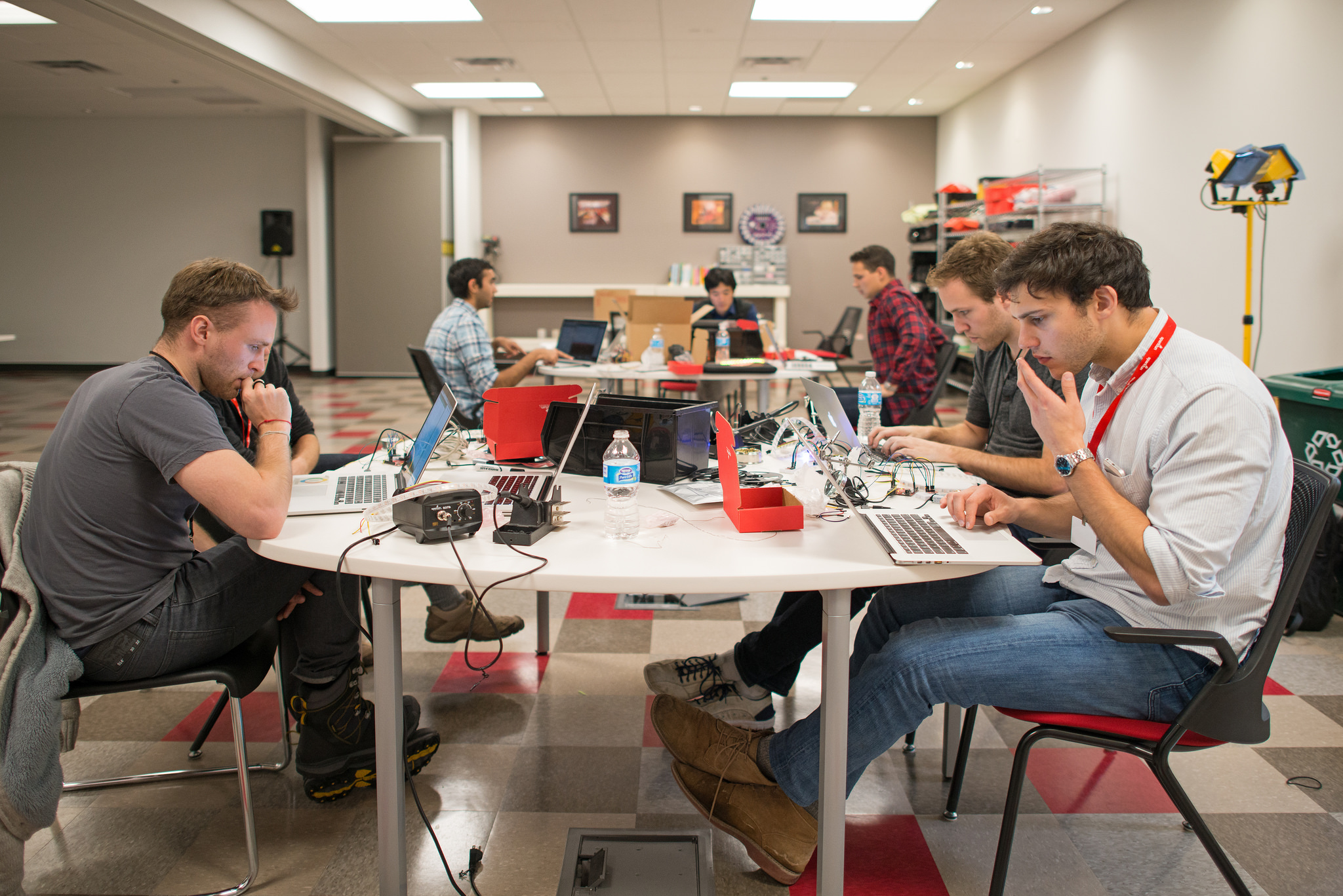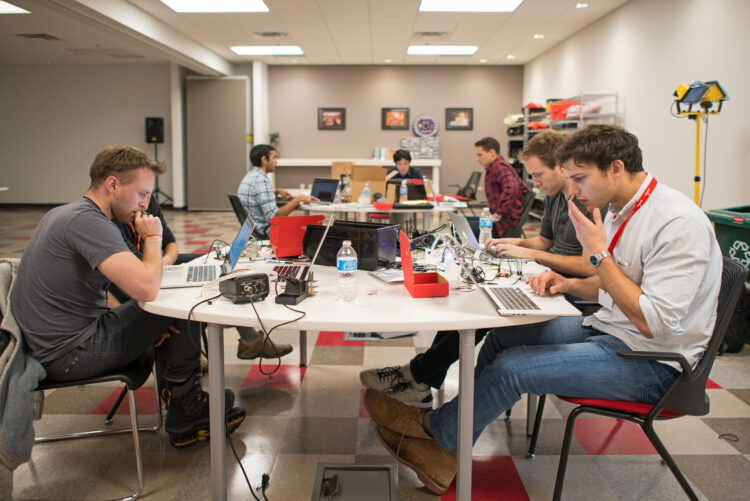
The Fuze product management team has grown a lot in the last year. I recently shared a slide at our weekly all-hands meeting that showed our team’s growth mapped out over the last 14 months. It was really cool to see the mix of people that joined via hiring, networking, acquisitions, and internal transitions.
Throughout this time, several of our product managers transitioned over from the technical product ownership role on our engineering teams. These people are all amazing PM’s because of their deep technical knowledge and keen understanding of engineering. More importantly, all of them transitioned over after having “lived the PM life” in addition to their TPO responsibilities. In almost every case this dual role happened because there was no product manager in their area and they desired to interact with customers and create solutions for them.
If you’re working in project management or technical product ownership, making the switch to a product management role might seem overwhelming because of the various differences. While change can be difficult, it doesn’t have to be completely jarring. The most effective way to make the transition is to experience the key aspects of product management in your current job.
You may already be dealing with some product management responsibilities in your current role. If you are, then you’re already a step closer to gaining fluency. If you’re not familiar with any product management behaviors, then you will need to gain as much experience as possible.
Granted, there’s a lot to know about product management. Here are a few things that might help you learn before deciding to make the career switch.
Always Learn from Customers
One of the best ways to prepare yourself for a product management job is work towards becoming a consumer advocate. To do this, you’ll need to get out of the office and interact with customers. Having informal discussions with customers will give you insight that you could never obtain from your coworkers.
During these talks, you’ll get a good idea of what your customers are like and what they need. Pay special attention to their challenges in order to find solutions to benefit them. The ability to deliver to customers’ needs makes you an invaluable product management asset.
Get In-Depth Knowledge
Before you switch jobs, take the time to get extensive knowledge about the product you’re working on. Immerse yourself in the market (including the competition) whenever you get a free moment. To get a good feel for the product, participate in a teardown.
Knowing everything about the product is important, but so is learning about the shelves. Learn about how the products are packaged and the priced.
Learn from Others
A smart method to gain some knowledge about product management while still working your current job is to sit in on an interview. A product management interviewer might be happy to let you join an interview and see what questions candidates are asked.
At some point, ask the manager for a mock interview to see how your fluency is coming along.
Try What You’ve Learned
Don’t be afraid to test yourself in everything that you’ve learned—try to create something practical. Design something based on your customer conversations, interviews, and personal research. This can be anything from new features to minor enhancements that could make the product better.
Once you fully enter the field you’ll have more time to participate in this process, but for now it’s a great exercise to see what you’ve learned. Simply sketching or spec’ing these changes is useful. Even if none of these preliminary ideas are likely to make the final cut, you’ll be glad that you started thinking creatively.
Tying it all Together
It’ll take some time and a desire to learn in order to make a smooth transition into product management, but the results will be worth it.
If you shift to a product management role, you want the ability to hit the ground running in your new position. To do that, you’ll need to grasp these concepts and strategies while working your existing job. It’s certainly not easy, but with a little creativity and effort it can be done.
Image Credit: CC by SparkFun Electronics



